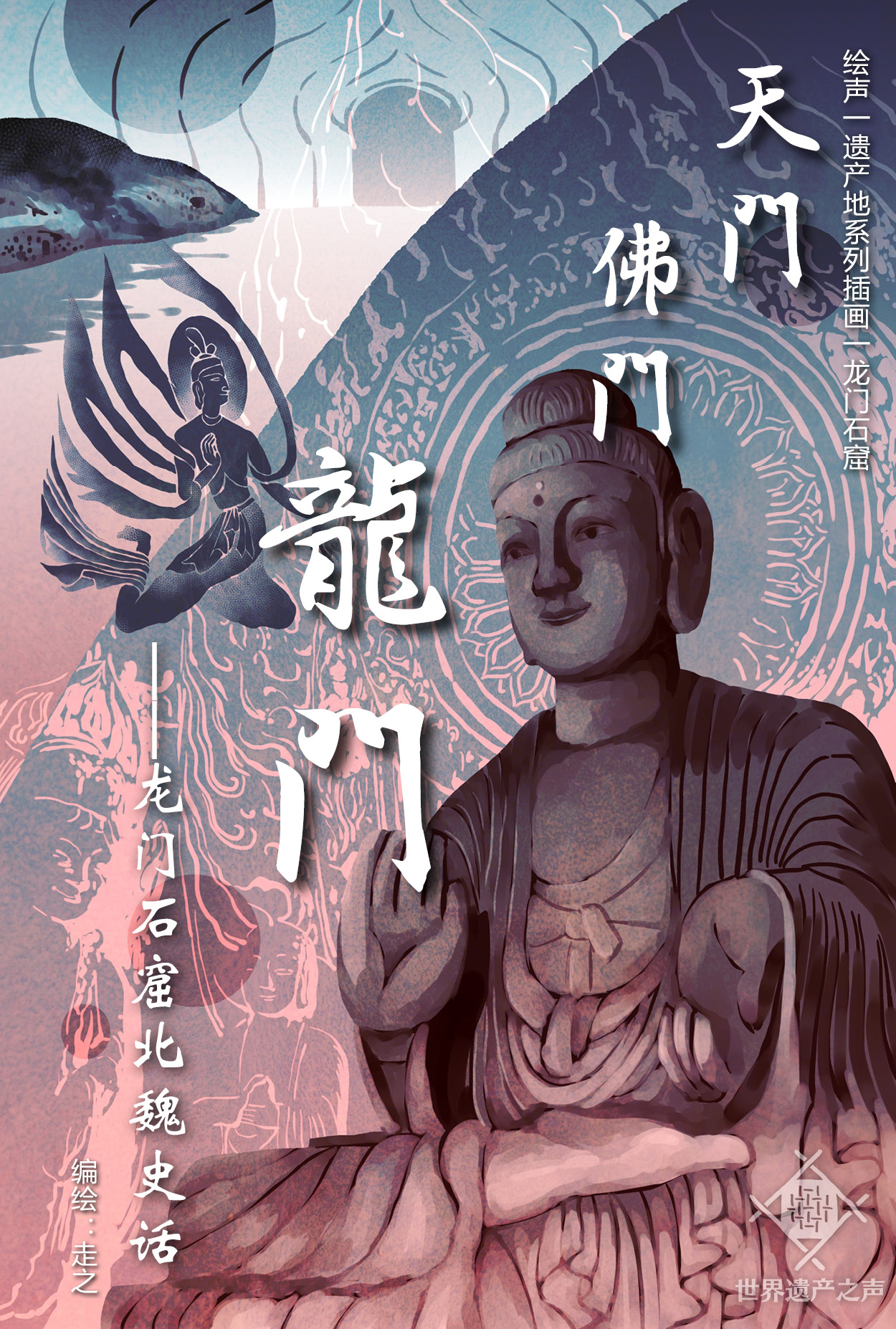
Buddhism was introduced to China in the 1st century BC, and grotto art, originating in ancient India, began to flourish along the Silk Road around the 3rd century. Around the 5-7th century (from the Wei and Jin dynasties to the high Tang dynasty), the Northern Wei dynasty and the Tang dynasty were the most intensive periods of carving of grottoes and statues in north China. The Longmen Grottoes are masterpieces carved in these periods.
The Longmen Grottoes line the banks of the Yihe River to the south of the ancient capital of Luoyang. As seen from Luoyang, the Xiangshan Mountain and the Longmen Mountain face each other on the banks of the Yihe River, looking like natural watchtowers (chengque) of Luoyang. Therefore, this place was called Yique as early as the Spring and Autumn period. The name Longmen first appeared in the Sui dynasty. In the late Northern Wei dynasty, Indian culture and Chinese culture began to mix; represented by the Longmen Grottoes, Buddhist statues gradually became those of the Central Plains style, typically of slim and emaciated figures.






